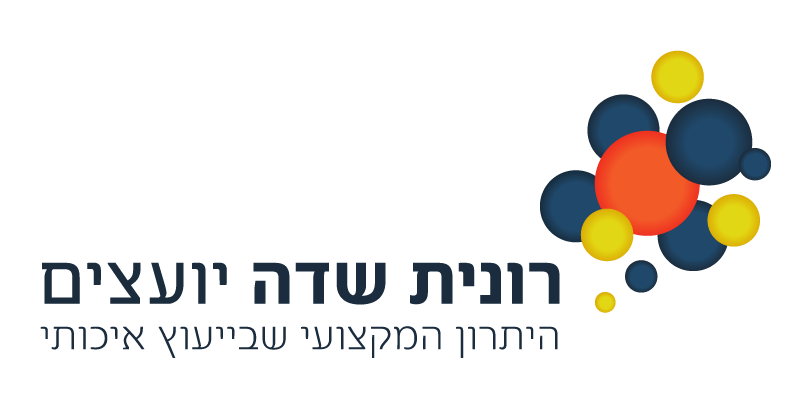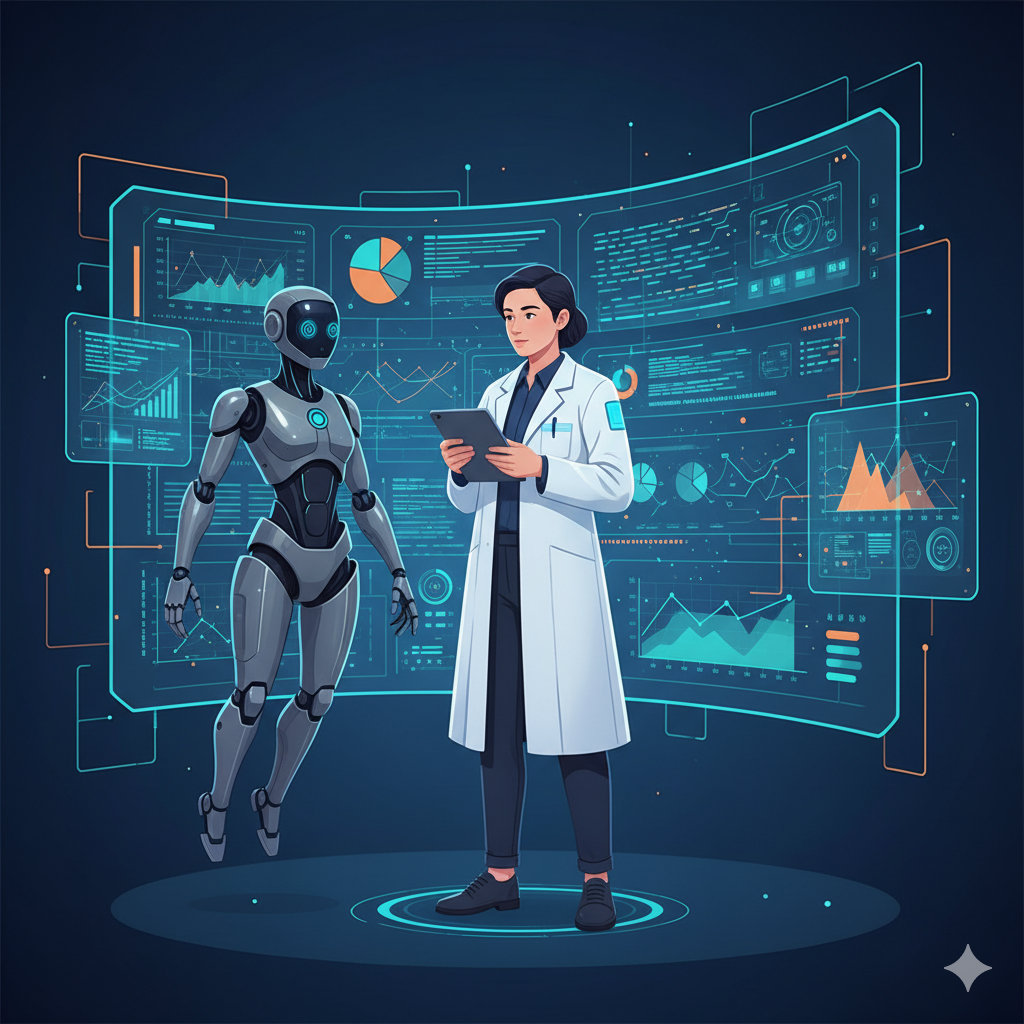A Comprehensive Guide to the Key Components of a Food Safety Plan
Food safety is a critical concern for any business involved in the food industry. From small-scale restaurants to large food manufacturing companies, a comprehensive food safety plan is not just a regulatory requirement under the Food Safety Modernization Act (FSMA), but it's also a vital step towards safeguarding the health of consumers.
A food safety plan is a dynamic, written document delineating how a facility will control its food safety hazards. It requires regular updates and revisions in line with changes in processes and products. But what exactly constitutes a food safety plan? This guide will delve into its key components, providing a detailed understanding of each aspect.
Hazard Analysis: The Foundation of a Food Safety Plan
The journey to creating a robust food safety plan commences with a hazard analysis. This process involves identifying and evaluating potential hazards that could compromise food safety. These hazards could be biological, such as bacteria or viruses, chemical, such as toxins or allergens, or physical, like glass or metal fragments.
A thorough hazard analysis requires a deep understanding of the food production process, from raw material sourcing to final product distribution. It involves evaluating each step of the process for potential hazards and determining the likelihood and severity of each hazard. This step is crucial as it forms the foundation of the food safety plan.
Implementing Preventive Controls: The Heart of the Plan
Once potential hazards have been identified, the subsequent step is to institute preventive controls. These are measures designed to significantly minimize or prevent the hazards identified in the hazard analysis. Preventive controls can encompass various aspects, including:
- Process Controls: These are procedures that ensure the control of parameters during critical processes such as cooking, cooling, fermenting, or packaging. For example, cooking food at the right temperature to kill harmful bacteria.
- Food Allergen Controls: These controls are measures to prevent allergen cross-contact and ensure correct allergen labeling, critical for protecting consumers with food allergies.
- Sanitation Controls: These controls involve the cleanliness of the facility and equipment to prevent biological hazards like bacterial growth.
- Supply-Chain Controls: These controls are measures to ensure that the suppliers and the raw materials they provide do not introduce hazards into the food processing environment.
Monitoring Procedures: Ensuring Consistency
To ensure that preventive controls are consistently implemented, monitoring procedures are indispensable. This involves determining how the preventive controls will be monitored, the frequency of monitoring, and who will be entrusted with the responsibility of monitoring.
Monitoring can involve visual inspections, temperature checks, or even lab tests. The frequency of monitoring can vary based on the nature of the control and its importance in the food safety plan. Regular monitoring is crucial as it helps to ensure that the preventive controls are working as intended.
Corrective Actions: Addressing Control Failures
Despite the best preventive measures, there may be instances when controls fail. In such scenarios, corrective actions are crucial to identify and rectify a problem, thereby reducing the likelihood of its recurrence. Corrective actions involve three key steps:
- Correcting the Issue: This involves taking immediate action to control the hazard, such as reprocessing the food or disposing of it if it's not safe to eat.
- Identifying the Cause: This involves investigating to determine why the preventive control failed and how to prevent it from happening again.
- Taking Preventive Action: This involves making necessary changes to the preventive controls or monitoring procedures to prevent the issue from recurring.
Verification Activities: Ensuring Effectiveness
Verification activities are integral to a food safety plan. They include validating the effectiveness of preventive controls, verifying that monitoring and corrective actions are being conducted as intended, and verifying that the system is functioning to ensure food safety.
Verification activities can involve reviewing monitoring records to confirm that monitoring and corrective actions are being conducted, testing the environment for pathogens, and product testing to verify that the preventive controls are working.
Record Keeping: Documenting Safety Measures
Documentation and record keeping form the backbone of a food safety plan. Records provide tangible evidence that the facility is consistently implementing its food safety plan. This includes records of monitoring, corrective actions, and verification activities.
Proper record keeping is not only a regulatory requirement, but it also allows for traceability in the event of a food safety issue. It enables the business to demonstrate to regulators that they have been following their food safety plan and taking all necessary precautions to ensure food safety.
Recall Plan: Preparing for Market Withdrawals
In the event of a product recall, a recall plan is a set of procedures that outlines how the recall will be executed. This ensures that the process is handled efficiently and effectively to protect public health.
A recall plan should include procedures for notifying relevant parties, such as regulatory authorities and customers, effectively removing the product from the market, and conducting a recall effectiveness check to ensure that the recall has been successful.
In conclusion, a food safety plan is a comprehensive document that outlines a systematic approach to identifying food safety hazards and implementing preventive controls to minimize or prevent these hazards. By understanding and implementing these components, food businesses can ensure they are doing their part to protect consumers and comply with food safety regulations.
- Food Safety Modernization Act (FSMA) Final Rule for Preventive Controls for Human Food - This is the official page from the U.S. Food and Drug Administration (FDA) detailing the FSMA rules for preventive controls in human food.
- Food Safety Plan Builder - This is a tool developed by the FDA to assist owners/operators of food facilities with the development of food safety plans that are specific to their facilities.
- Food Safety Preventive Controls Alliance - The FSPCA is a broad-based public-private alliance consisting of key industry, academic, and government stakeholders whose mission is to support safe food production by developing a nationwide core curriculum, training, and outreach programs to assist companies producing human and animal food in complying with the preventive controls regulations.
- Recalls, Market Withdrawals, & Safety Alerts - This FDA page provides information on the most recent recalls, market withdrawals, and safety alerts.











